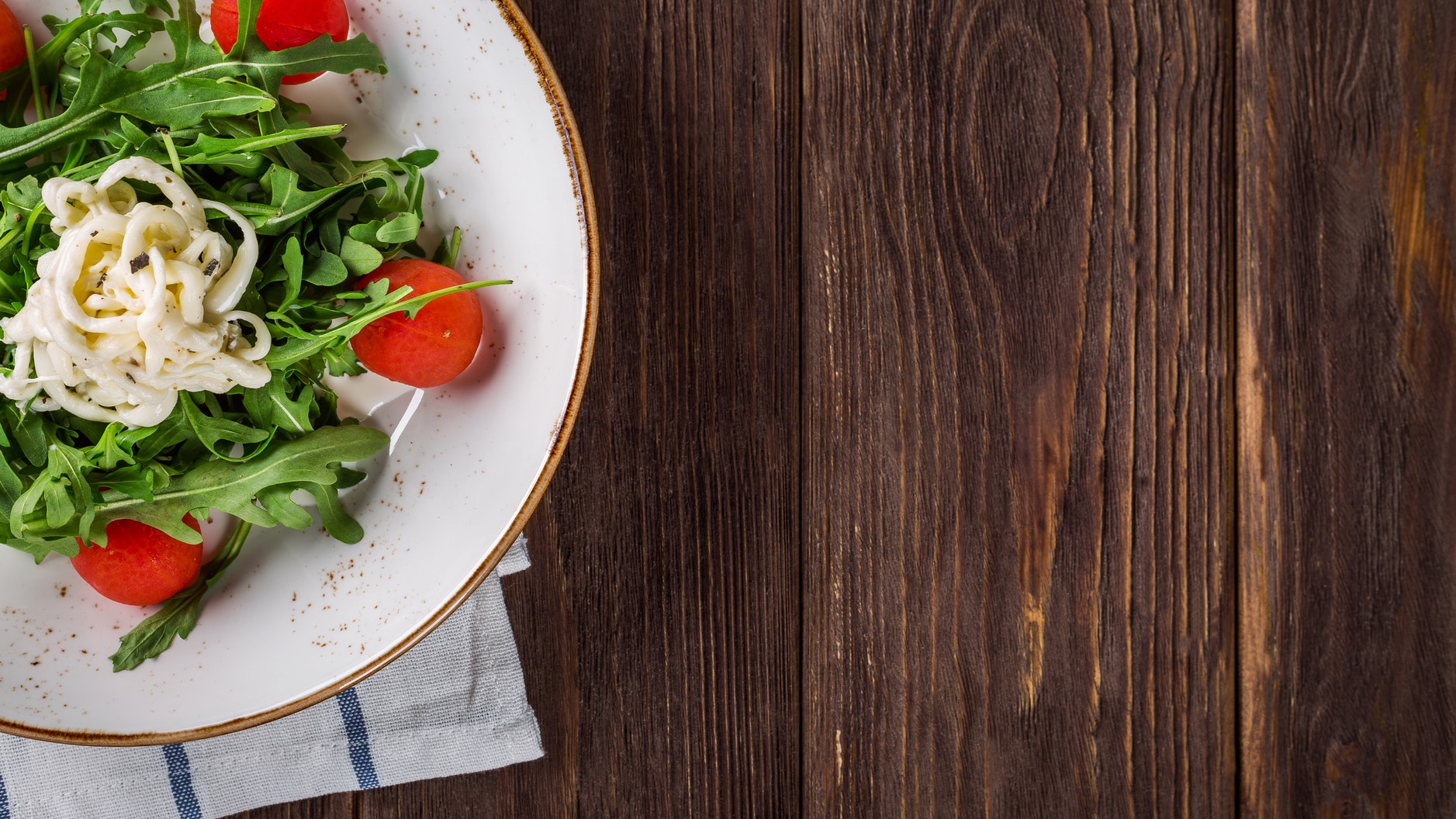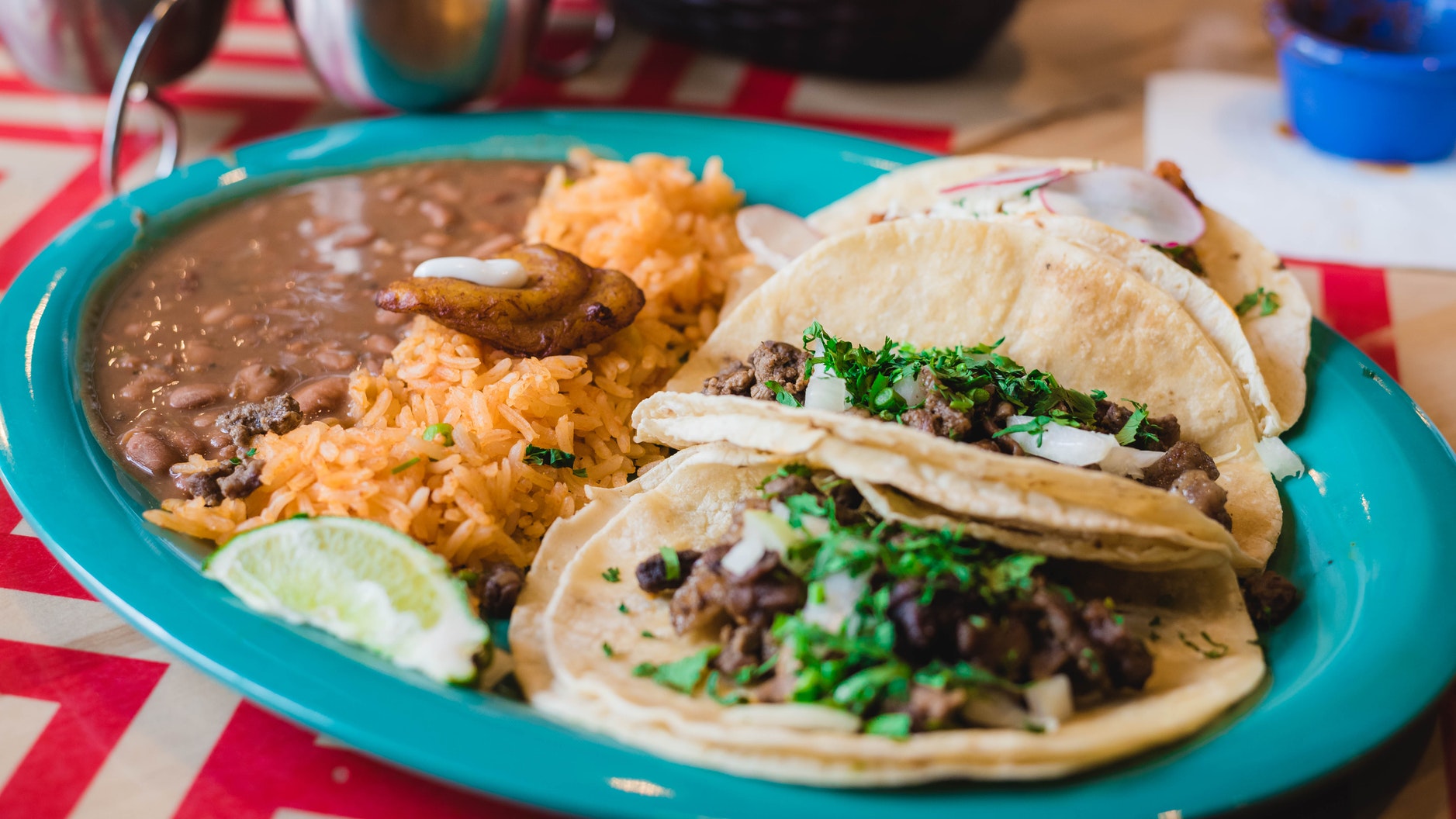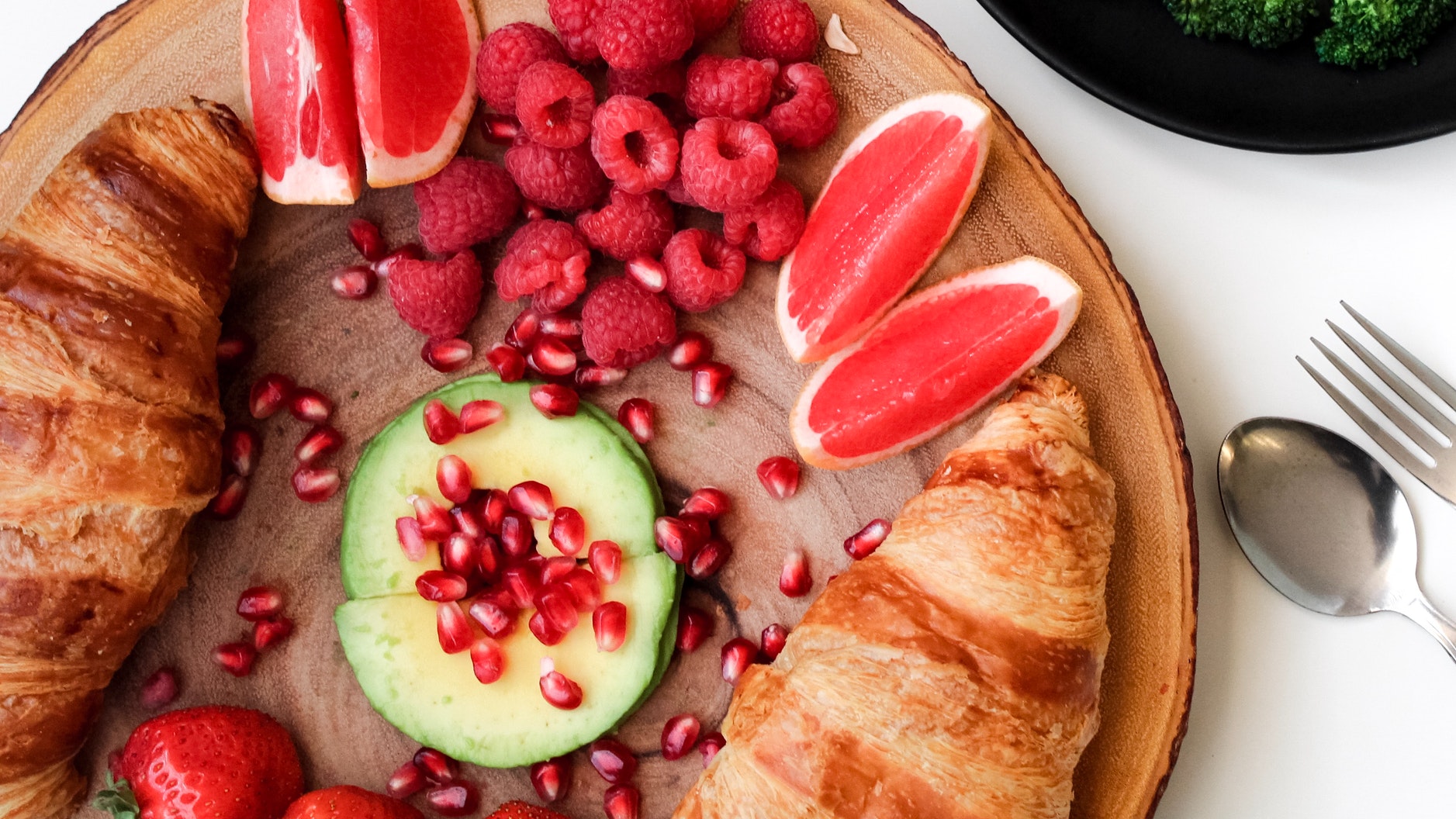Matcha has been blowing up all over the world for the past few years. It is renowned for its excellent nutritional benefits and unique taste. However, one question that everyone who hasn’t tasted it yet has is, “ What does Matcha taste like exactly?” It is a hard question to answer because the taste is robust and distinct. Nonetheless, this time around, in this article, I will try to explain what Matcha tastes like so that you understand what you are missing out on. Furthermore, if not for the taste, you really must try out Matcha for all the benefits that it provides in the form of nutrients. So, what is Matcha, why is it so popular, and what does it taste like? Here’s your ultimate guide to all things, Matcha!
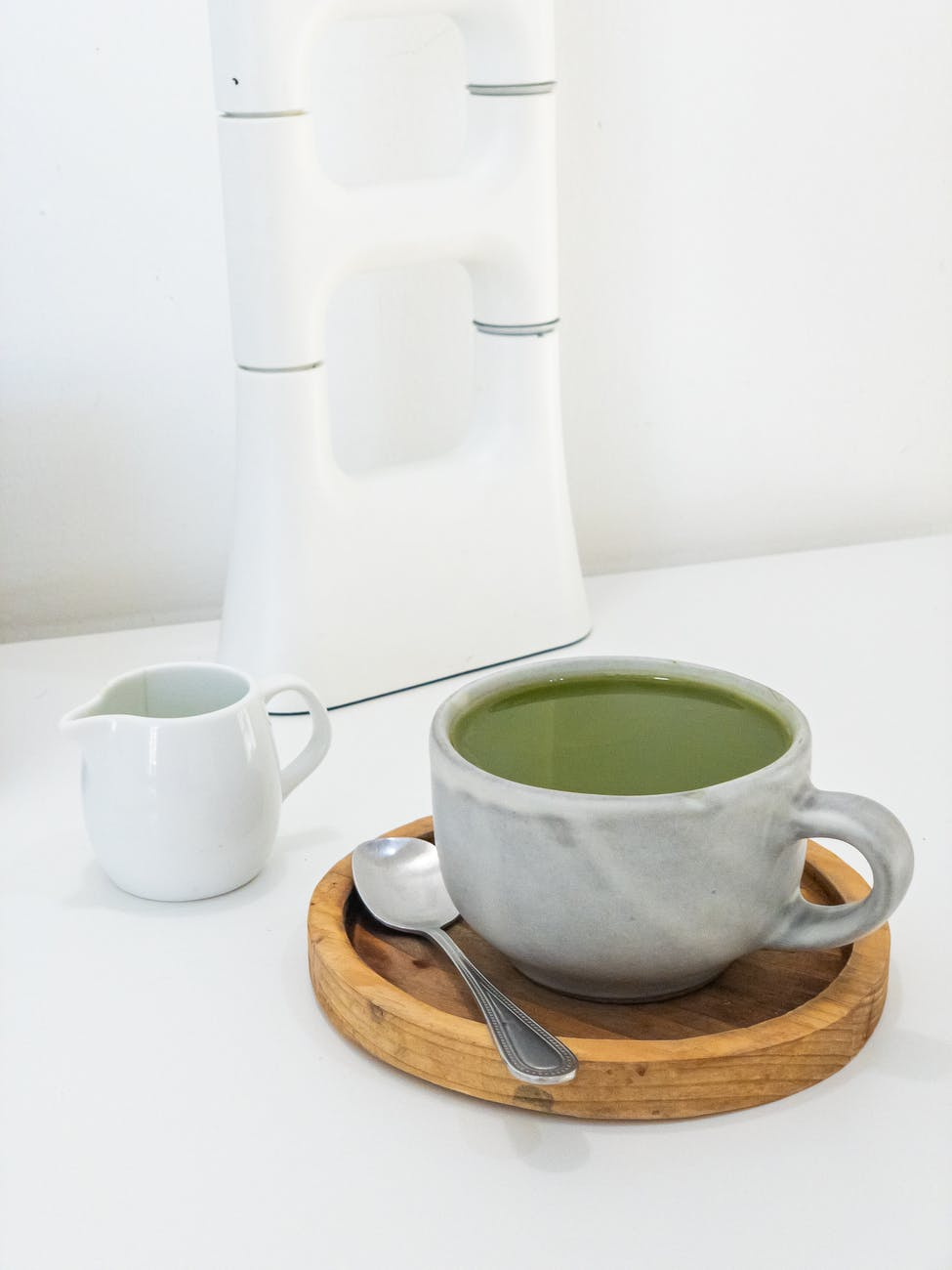
What is Matcha?
In case you have made a new resolution to lose some excess weight or get fitter, then Matcha is something that can help you much. Matcha is a particular type of green tea grown primarily in Japan that provides a slew of health benefits. It is different from regular green tea as it doesn’t do away with the tea leaves. Instead, it is a powdered form of green tea wherein you consume more of the tea leaves. The Japanese tea ceremonies have always included the Matcha, due to its rich taste and distinct aroma. Since Matcha is made from shade-grown tea leaves, it has a vibrant emerald color loved by traditionalists. Furthermore, the tea is made using young, tender shade-grown tea leaves that are stone-ground to preserve their nutrients. So, why is Matcha regarded as a potent and healthy elixir?
History of Matcha Tea
The Japanese have spent over 1,000 years refining and improving the process of growing green tea. They have, therefore, perfected the art of growing and brewing matcha. Brought to Japan by Chinese monks in 1191 A.D, the Japanese created their own way of growing green tea. Soon enough, tea became a traditional Japanese drink and became widely used after Samurais made them a part of their daily routine. Historians have found old manuscripts which have recorded instructions on how to prepare and drink Matcha tea, showing just how important it was to the Japanese. Over the years, Europeans and North Americans started exporting tea from Japan due to its high quality, and Matcha became famous worldwide.
How to Buy Good Matcha Tea
- Make sure you check the source or origin of the matcha tea. Try to go for tea made and grown in Japan if possible, as this is the highest quality possible. Make sure it does not come from very polluted areas in China, as then it will have high lead content.
- Always go for organic Matcha as it contains more flavor and fewer chemicals.
- While choosing the tea leaves, go for ones that have a vibrant green color, as they are grown in the shade. Since most non-organic Matcha makes use of synthetic fertilizers, the color of the leaves will fade, helping you choose the best by following visual cues.
- High-quality matcha brands have a pleasant flavor that tastes vegetal. Cheaper tea has a very bitter taste, which isn’t smooth at all.
- While choosing, opt for ceremonial grade matcha, as that is the highest quality available, being the first flush of the leaves.
- In case you like your Matcha with milk, go for Latte Grade as it contains harvest leaves, that goes with milk in a latte.
- Culinary Grade works if you want to bake a batch of matcha bread or make matcha smoothies.
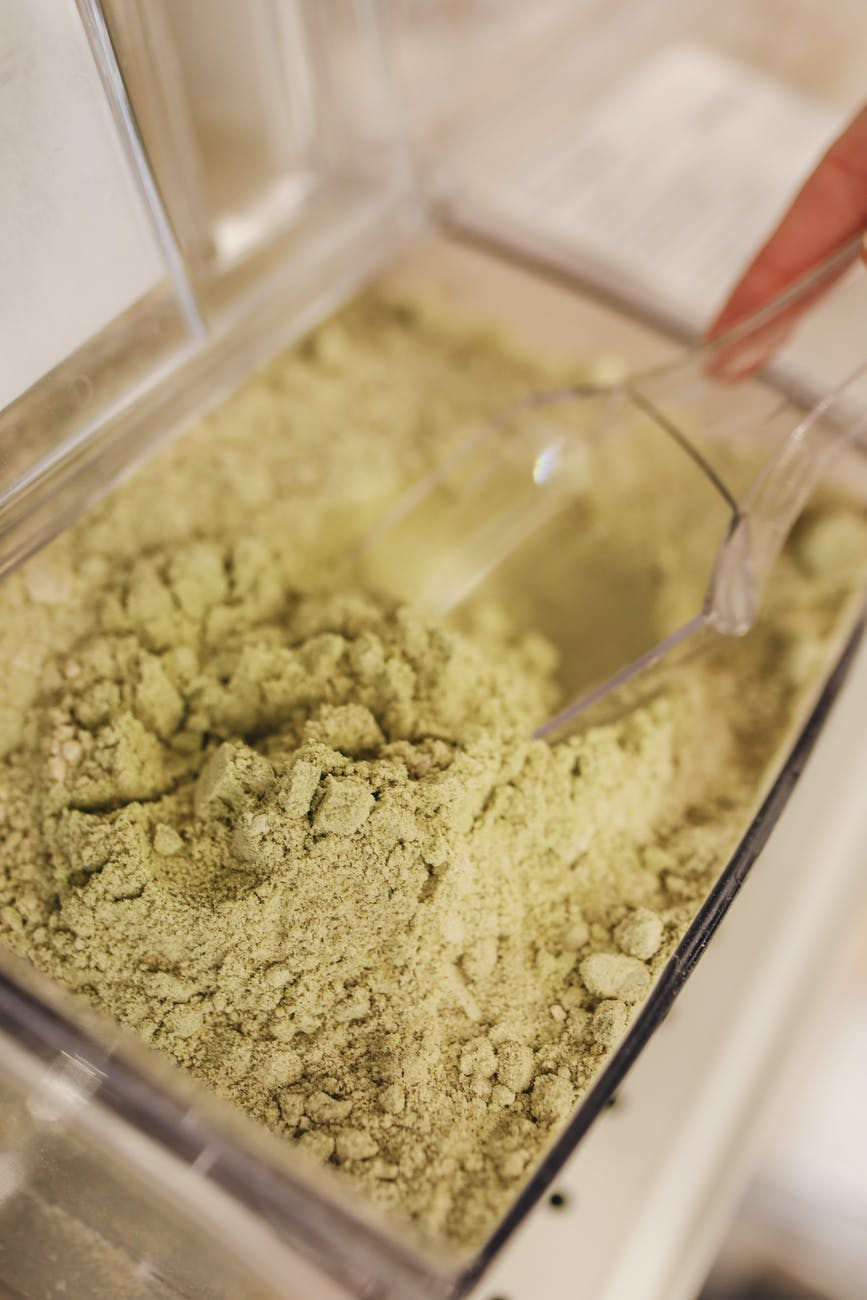
Matcha Health Benefits
- Matcha is made using the highest-quality shade-grown tea leaves, which ensure that the leaves contain more chlorophyll.
- Since the leaves don’t get a lot of intense sunlight, they preserve more nutrients than regular green tea leaves.
- Matcha contains three times the antioxidants and polyphenols than regular green tea contains, making it more healthy.
- The process also results in the growth of more theanine that helps with relaxation.
- Matcha contains a lot of EGCG, which helps in preventing cardiac diseases and even cancer.
- The antioxidants in it also help in boosting your metabolism and burning excess fat.
- Other nutrients in matcha help with improving immunity and reducing inflammation.
Making Ceremonial Grade Matcha Tea
Ingredients
1 teaspoon ceremonial matcha
5 ounces hot water
Bamboo matcha whisk
Instructions
- Mix 1 teaspoon of ceremonial Matcha and 5 ounces of water into a cup with a rounded bottom.
- The water must first be boiled and then cooled to 80-degree celsius.
- Using the bamboo matcha whisk, dab, and whisk in circles to mix the contents evenly.
- Make sure the whisk does not touch the bottom of your cup and whisk vigorously.
- Whisk till you get a frothy brew and prevent big bubbles from forming, and make sure you serve the tea warm.
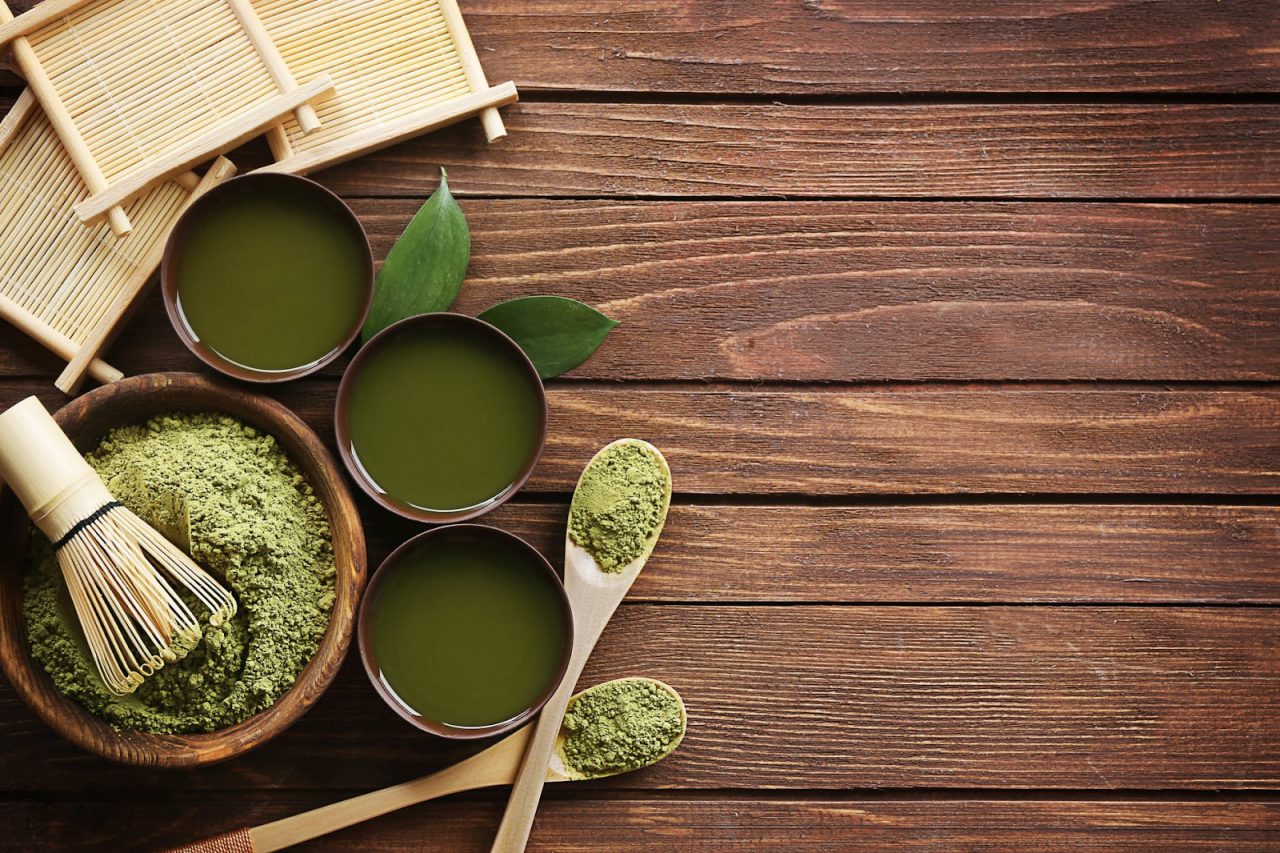
What Does Matcha Taste Like?
Traditionally, Matcha is made by mixing the powder with hot water and then whisked to form a frothy drink. People also mix it with steamed milk to obtain matcha lattes, which is an excellent substitute for morning coffee. When drunk this way, matcha tea has a very earthy flavor that is rich and grassy in texture. When you close your eyes and drink Matcha, it feels like you are transported to a serene and picturesque location full of shade and dewdrops. The tea also has a sweet nutty flavor with some bitter undertones that give a pleasant feeling. The feeling is quite elemental and primal while having a ceremonial undertone to it. However, when you have it with just hot water, the taste is much more vegetal and natural, albeit less rich. A great way to add some more flavor would be to add some honey to the mix for some added sweetness and richness. In case you did not like the inherent flavor, you can mix things up a bit by infusing Matcha into your baking and cooking.
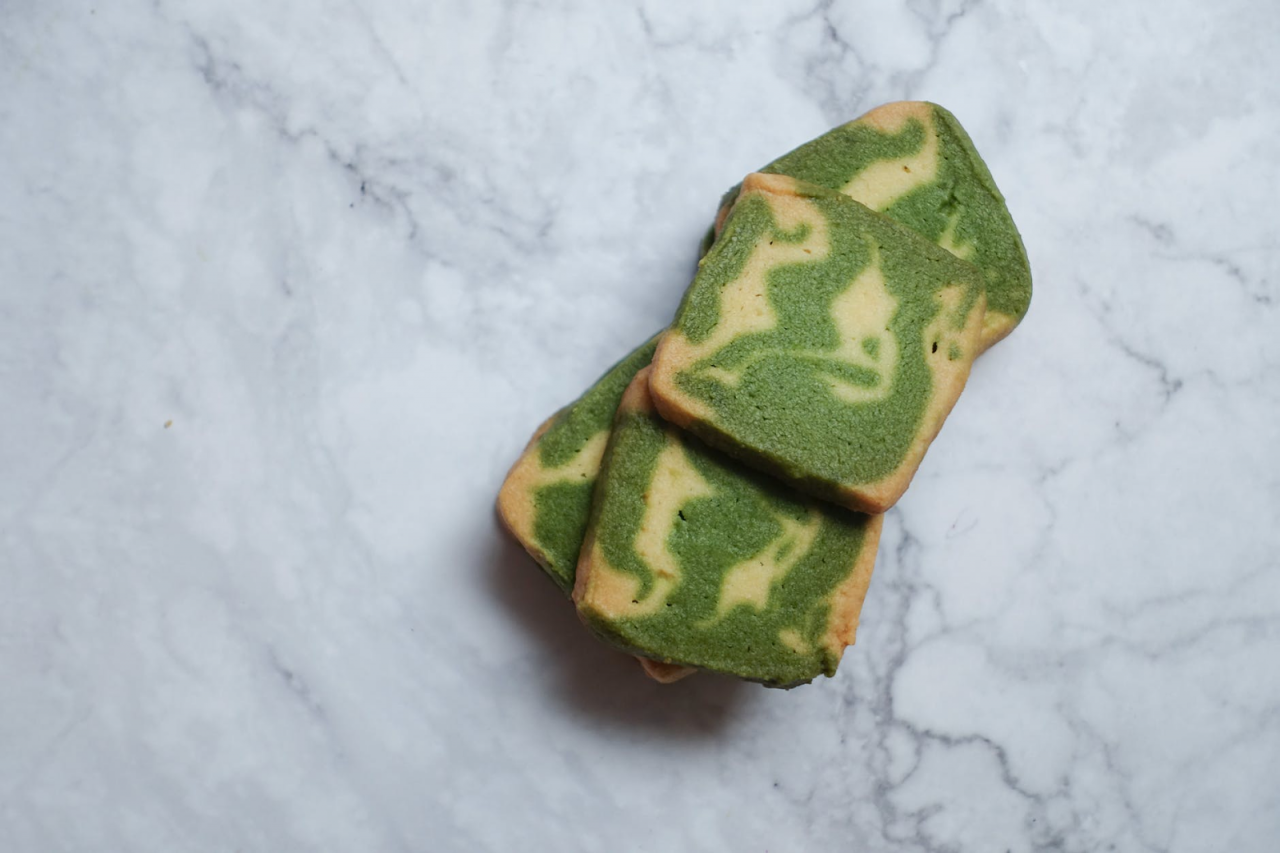
I hope this article helps you get a good idea about how Matcha tastes, and why it is so important. Try to buy good quality matcha so that you get to enjoy the real taste of this Japanese elixir, which provides your body with the best nutrients.

